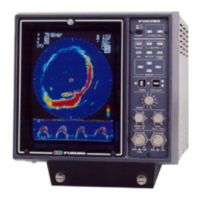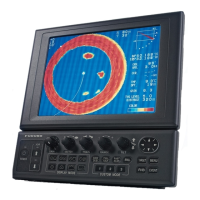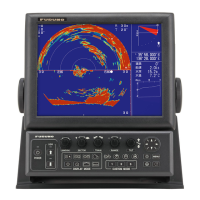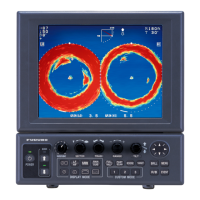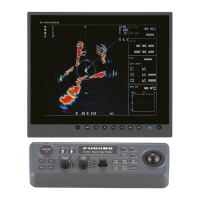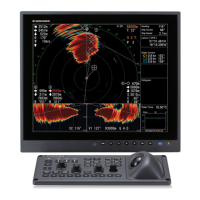Why does my Furuno CH-270 picture contain noise?
- MmcleanshannonAug 1, 2025
Noise in the Furuno Sonar picture can occur due to several reasons: the equipment might not be grounded properly (check the equipment ground); the power cable may be too close to the signal cable (relocate the power or signal cable); or debris may be present on the sea surface (reject unwanted noise using the interference rejector on the COM1 menu).




